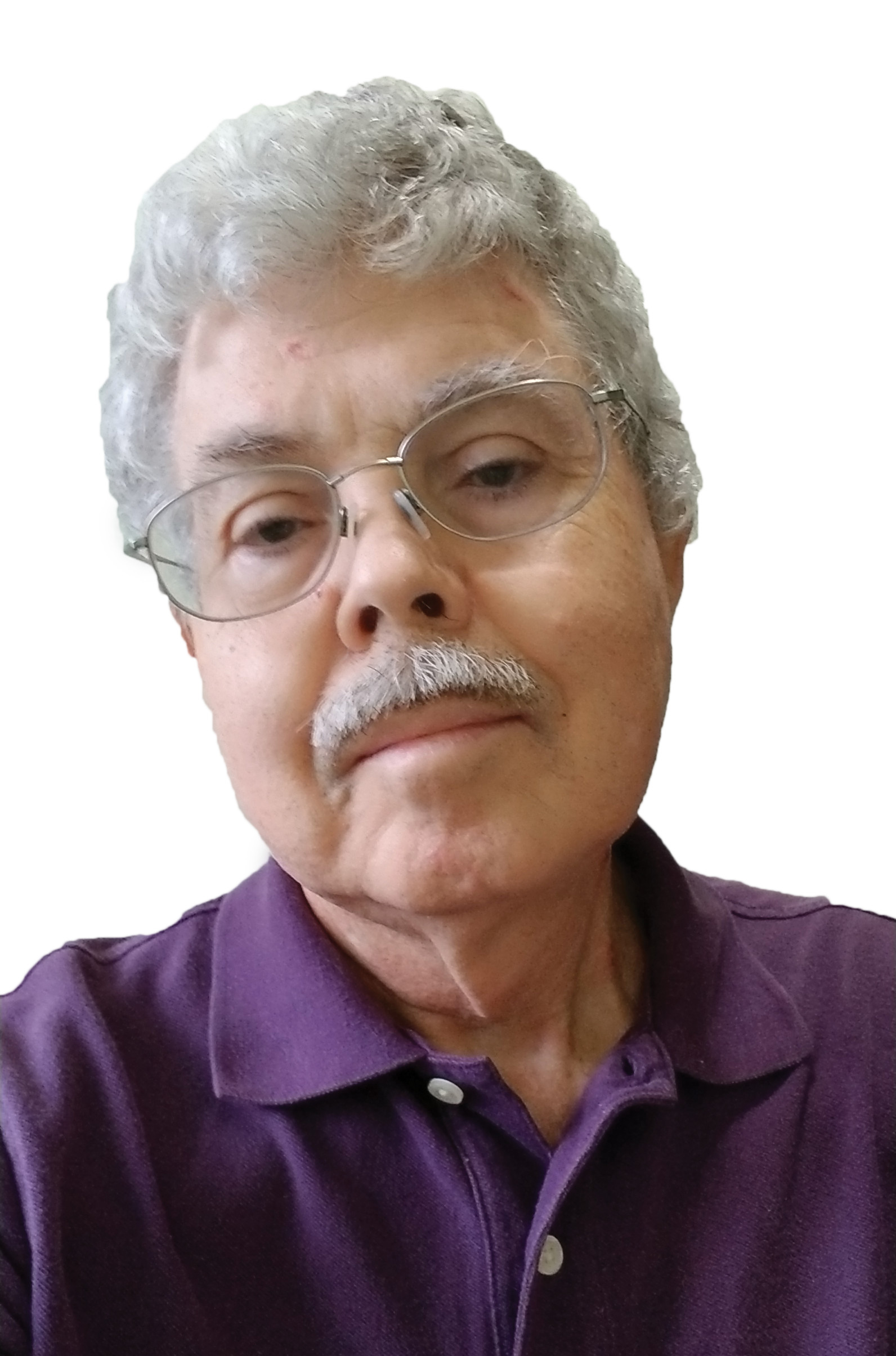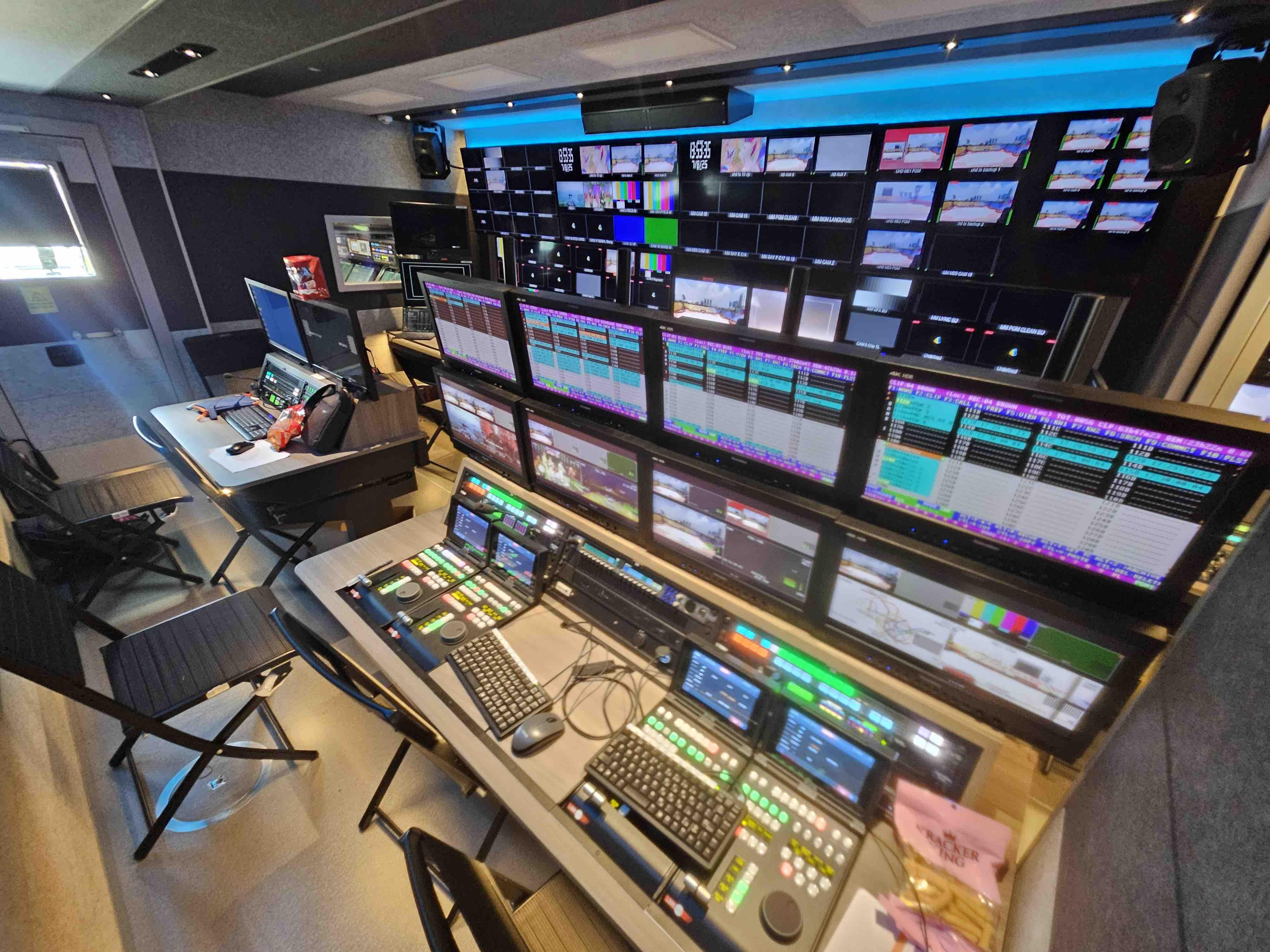More Details Emerge on Samsung 28 GHz 5G Wireless Technology
There was considerable press coverage of Samsung's announcement of “5G” 1 Gbps wireless technology but few technical details. The technology works at 28 GHz and uses a 64-element adaptive antenna array to provide data rates of 1.056 Gbps over distances up to 2 km.
Looking for more details on how such a 28 GHz link would work, I found a paper that's scheduled to appear in the 2013 IEEE International Conference on Communications (ICC) June 9-13.
The paper 28 GHz Propagation Measurements for Outdoor Cellular Communications Using Steerable Beam Antennas in New York City from Theodore S. Rappaport, and researchers at the Polytechnical Institute of New York University, describes a project sponsored by the Samsung DMC R&D Communications Research Team.
The NYU tests found that the maximum usable cell size in an urban environment was 200 meters and, as it notes, at these short distances rain fade will not be a problem. At 200 meters the attenuation of 28 GHz in heavy rainfall (some 1 inch/hour) is only 1.4 dB, with an increase to 6 dB of loss at a distance of 1 km.
The NYU propagation measurements were conducted using a 400 megachip-per-second sliding correlator channel sounder. At each location directional horn antennas were steered to find the best angle orientation with the highest received power. Note that these include non-line-of-sight paths.
The 64-element adaptive antenna would be able to find the best angle orientation faster and if MIMO techniques were used (one article suggested a 64 element array could indicate 8×8 MIMO) I can see why Samsung asserts that “The adaptive array transceiver technology, using 64-antenna elements, can be a viable solution for overcoming the radio propagation loss at millimeter-wave bands, much higher than the conventional frequency bands ranging from several hundred MHz to several GHz.” This news from Samsung provides additional support for my previous assertion that by the time the FCC completes the Incentive Auction and allocates 600 MHz spectrum to wireless carriers, it will be about as useful for wireless broadband as low-band VHF is for digital TV today. While 600 MHz may be useful for serving rural areas--we've already seen examples of how TV white space devices can fill this need--it will be next to useless in urban areas where most users won't be satisfied with today's “4G” speeds at UHF frequencies. Samsung said it hopes to commercialize its 28 GHz “5G” technology by 2020, which is only seven years away.
The professional video industry's #1 source for news, trends and product and tech information. Sign up below.

Doug Lung is one of America's foremost authorities on broadcast RF technology. As vice president of Broadcast Technology for NBCUniversal Local, H. Douglas Lung leads NBC and Telemundo-owned stations’ RF and transmission affairs, including microwave, radars, satellite uplinks, and FCC technical filings. Beginning his career in 1976 at KSCI in Los Angeles, Lung has nearly 50 years of experience in broadcast television engineering. Beginning in 1985, he led the engineering department for what was to become the Telemundo network and station group, assisting in the design, construction and installation of the company’s broadcast and cable facilities. Other projects include work on the launch of Hawaii’s first UHF TV station, the rollout and testing of the ATSC mobile-handheld standard, and software development related to the incentive auction TV spectrum repack. A longtime columnist for TV Technology, Doug is also a regular contributor to IEEE Broadcast Technology. He is the recipient of the 2023 NAB Television Engineering Award. He also received a Tech Leadership Award from TV Tech publisher Future plc in 2021 and is a member of the IEEE Broadcast Technology Society and the Society of Broadcast Engineers.
